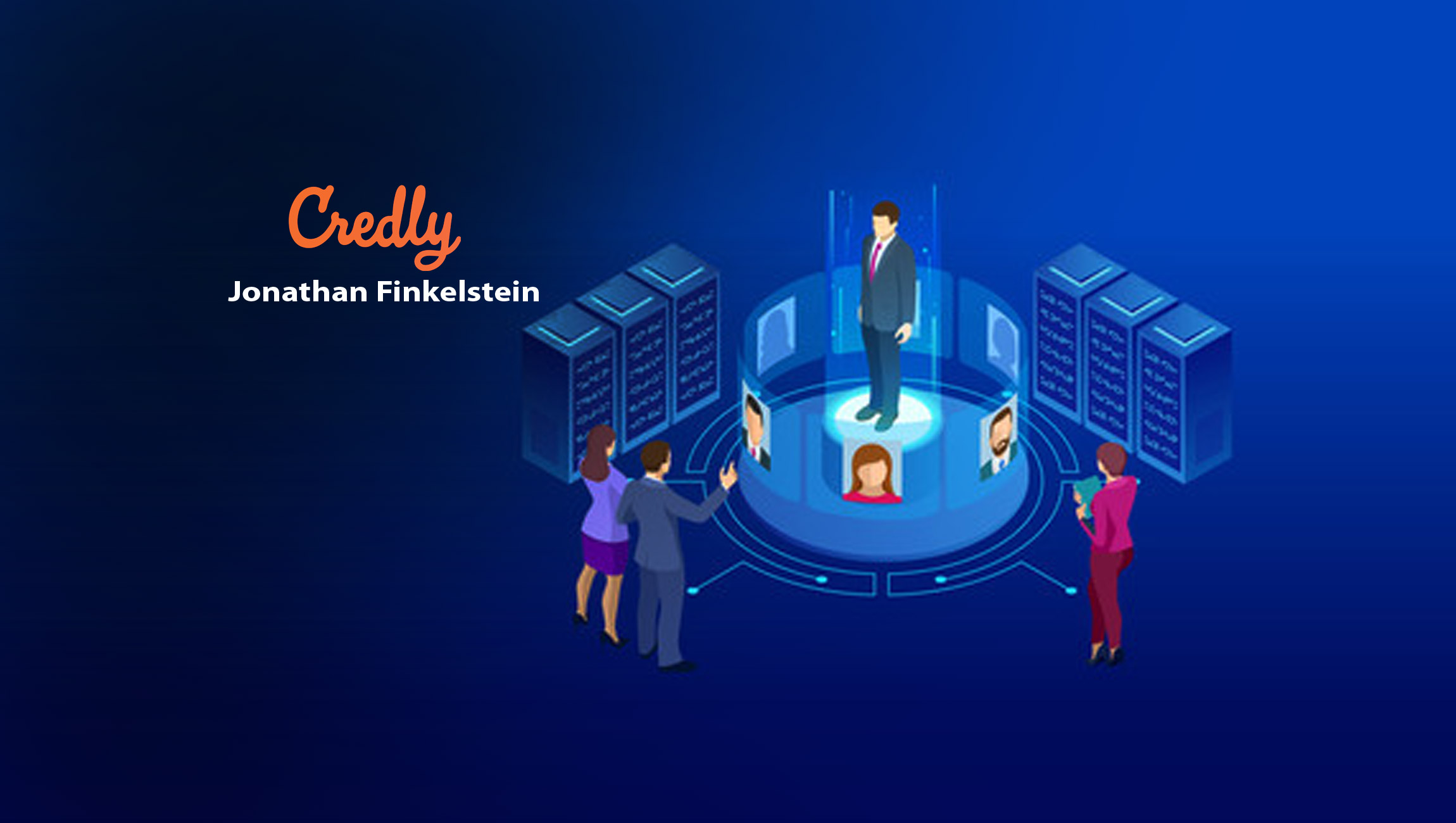It’s been over a year since the first cases of COVID-19 were first reported around the world, and in that time the world of work has changed in ways we couldn’t have previously imagined. Some industry sectors have been completely upended. Entire companies have shifted to remote models, some on a permanent basis. Calls for greater diversity and inclusion in the workplace have taken on new urgency and spurred organizations to examine outdated, biased hiring practices. An increasing number of employers such as Google, IBM, and Apple no longer require that employees hold a college degree and instead focus on job-specific skills when making hiring decisions. Organizations are reassessing the stagnant proxies that used to determine qualifications to find out what’s really needed to succeed in a job.
Marketing Technology News: Domo Invests For Growth, Welcoming New Executives To Lead Company’s Demand Engines
With so much emphasis on skills, effective learning and development programs are no longer considered an additional perk; they are a necessity to long-term success. One way to future-proof your business is ensuring transferable skills play a central part in your L&D initiatives.
What are transferable skills?
Every role requires some combination of skills. What sets transferable skills apart is that they can be deployed across multiple job functions, and even across seemingly disparate industries. Some transferable skills are technical competencies like data security or cloud computing while others, like time management and teamwork, would be classified as human skills.
Today’s workplace is fueled by adaptability— and the need has drastically increased since this time last year. Transferable skills keep professionals competitive in an ever-changing job market. They allow them to pivot to different roles or completely change fields without having to start over.
Not only does this make individuals more marketable to potential employers, but it also increases their value to their current companies. As noted in PwC’s Talent Trends 2020 report, “For some organisations, surviving the impact of COVID-19 will require redeploying workers to critical roles. Rapidly reskilling and supporting workers to take on different roles — ones which they’ve never been trained for in many instances — will be the difference between success and failure.”
Marketing Technology News: How to Start Creating the Change Advertising Needs
How to incorporate transferable skills in your L&D strategy
With the world of work moving at such an accelerated pace, transferable skills need to be embedded in learning and development programs. But doing so effectively requires a plan — transferable skills are not one-size-fits-all, so no two sets will be the same for every organization. To incorporate transferable skills into L&D programs, consider the following:
- Identify the skills valuable to your organization: The first step in making transferable skills an effective component of your L&D programs is identifying which will benefit your business and help you achieve your goals. In part, this means thinking about the roles within your organization and determining what specific competencies are needed to perform in them.
- Map transferable skills back to training programs: Once you’ve decided which transferable skills are right for your business, you need to establish a program that aligns with obtaining them. Many of the most in-demand transferable skills are considered soft skills or human skills, and it might be tempting to believe those skills can’t easily be trained. But, courses and learning programs abound for everything from Global Collaboration to Empathy. Honing in on specific courses and training that map back to those competencies will ensure your team is developing the skill sets they need to thrive in their role, open new opportunities in their career paths, and help your organization succeed.
- Take a data-driven approach to tracking your workforce’s skills: You may have a handle on the skills your employees acquire on the job, but what about learning and development they gain on their own time? It’s more important than ever that you understand the full scope of your employees’ abilities. Provide digital credentials in recognition of your company-provided training, and encourage employees to share digital credentials issued by other organizations, as well.
Transferable skills stem from the need to meet rising demands in today’s rapidly changing workplace. By making them a core element of your learning and development initiatives, you can future-proof your organization.











